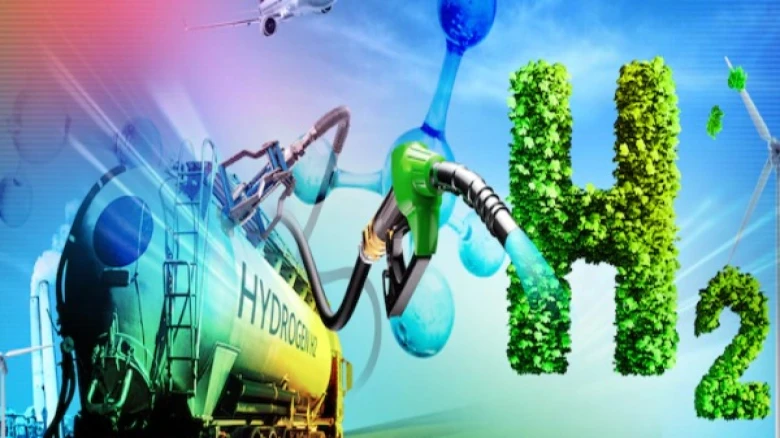The United States and the European Union have already approved subsidies worth billions of dollars for green hydrogen projects...
Digital Desk: Three were quoted as saying to Reuters that India is considering a $2 billion incentive scheme for the green hydrogen business to reduce emissions and become a significant export player in the field.
The 180 billion rupees ($2.2 billion) incentive intends to cut the cost of producing green hydrogen by a fifth over the next five years, according to a senior government official and a renewable energy sector manager. They stated that it will accomplish so in part by expanding the industry's scope.
As stated by the manager, the current pricing in India is 300 to 400 rupees per kg.
The United States and the European Union have already approved billions of dollars in subsidies for green hydrogen projects.
Hydrogen is a fuel that can be used. It is created by dividing water using an electrical technique known as electrolysis. If the devices that perform this, known as electrolysers, are driven by renewable energy, the product is known as green hydrogen, a fuel that emits no greenhouse gases.
According to the government official, the Indian help could be disclosed in the Feb. 1 budget for the fiscal year beginning April 1. All sources declined to be identified when discussing a budget plan.
The renewable energy and finance ministries did not respond to Reuters' inquiries.
Green hydrogen is a major focus for Indian corporations such as Reliance Industries (RELI.NS), Indian Oil (IOC.NS), NTPC (NTPC.NS), Adani Enterprises (ADEL.NS), JSW Energy (JSWE.NS), and Acme Solar (ACMO.NS).
Adani, led by the world's third-richest person, Gautam Adani, claimed in June that it and France's TotalEnergies (TTEF.PA) would jointly construct the "world's largest green hydrogen ecosystem".
As per the industry manager and another government official, the Indian government wants the industry to invest 8 trillion rupees in green hydrogen and its derivative green ammonia by 2030. Green ammonia is created by mixing nitrogen and hydrogen using renewable energy sources; it can be utilised in the fertiliser business, as a fuel, or as a practical way to transport hydrogen.
As stated by the manager and second official, the green hydrogen proposal will be called "Strategic Intervention for Green Hydrogen Transition (SIGHT)" and will be divided into 45 billion rupees for electrolyzer manufacturing over five years and 135 billion rupees for green hydrogen and green ammonia production over three years.
They estimate that the incentive for producing green hydrogen will be 50 rupees per kg for three years.
According to an industry official, India intends to sell 70% of its output to nations such as South Korea, Japan, and the European Union, with derivatives such as green ammonia also in high demand.
According to other industry sources, the government estimates that global demand for green hydrogen would approach 100 million tonnes by 2030, up from slightly under 75 million tonnes presently.
The government announced plans in February for India to produce 5 million tonnes of green hydrogen annually by 2030, a figure that, according to the first government official, could be increased depending on foreign demand.
The government also intends to gradually increase the country's electrolyzer manufacturing capacity to 15 gigatonnes by 2030. That is about ten times the existing global capacity.
Ohmium International, based in the United States, has opened India's first green-hydrogen facility in Bengaluru. Last year, Reliance Industries (RELI.NS), Larsen & Toubro (LART.NS), Greenko, and H2e Power announced intentions to construct gigawatt-scale factories.
Every year, 5 million tonnes of grey hydrogen, produced from natural gas, are used by Indian oil refineries, fertiliser industries, and steel plants. Carbon dioxide is produced throughout the process.
Higher gas prices have increased the price of Indian grey hydrogen to roughly 200 rupees per kg, up from 130 rupees a year ago.

Leave A Comment